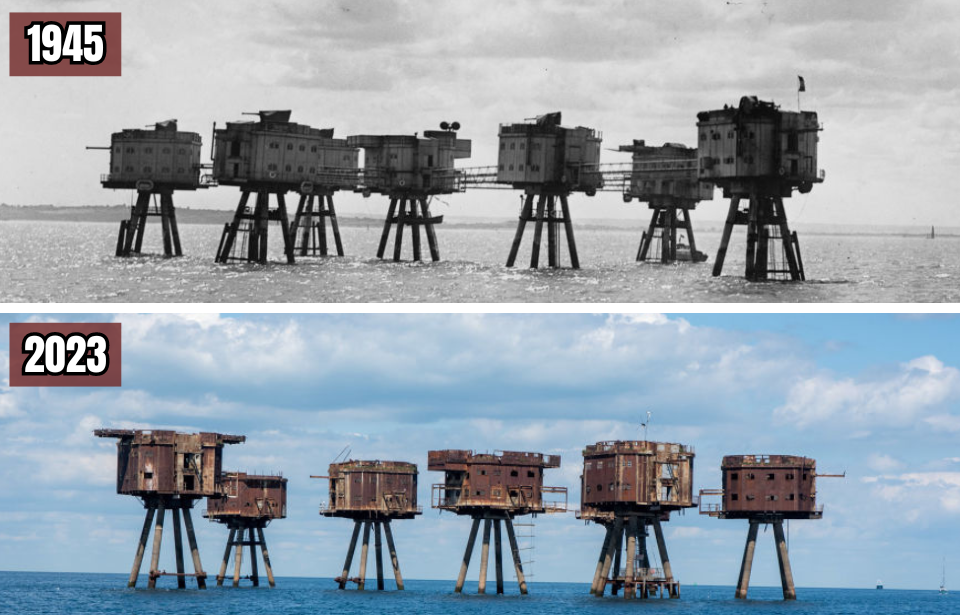Military bases are designed to be some of the most heavily used facilities in the world. However, as wars conclude and technology evolves, many become obsolete and are eventually abandoned. Here’s a look at eight former military strongholds that once played crucial roles in securing combat victories, but now stand deserted and forgotten.
Palmerston Forts
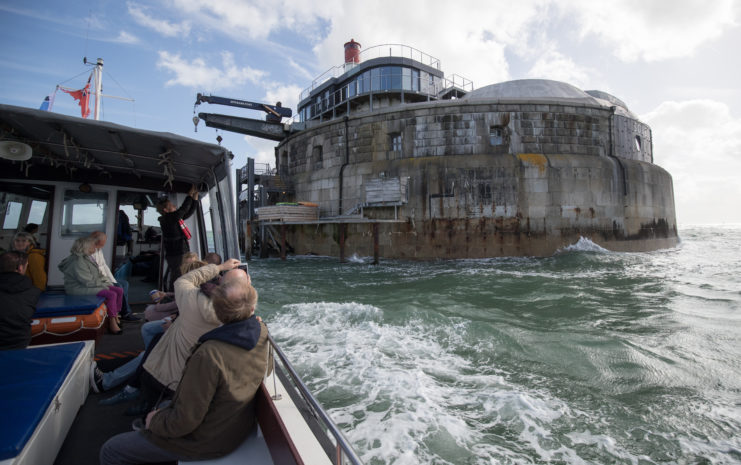
Palmerston Forts are military structures from the Victorian era that sit along the coasts of the UK and Ireland. Recommended by the 1860 Royal Commission on the Defence of the United Kingdom, they were intended to defend against the threat posed by the French Navy. Construction began that year, and the forts were named after the Prime Minister of the time, Lord Palmerston.
The construction process took much longer than anticipated; by the time the final fort was completed in the 1870s, the threat had diminished. Consequently, they faced significant criticism for being costly and wasteful. As well, their inland-facing positions led many to believe they were poorly designed. The forts remained under the jurisdiction of the War Department until 1920 and now primarily serve as hotels and tourist attractions.
Teufelsberg

Perched atop an artificial hill in Berlin, Germany, the antennas and radomes of one of the US National Security Agency’s (NSA) largest listening stations demand attention. Established in 1963, Teufelsberg was used by the US to intercept and disrupt communications from the Eastern Bloc.
This now-abandoned military base played a crucial role during the Cold War era. Following the conflict’s conclusion, Teufelsberg was converted into an air traffic control space, a role it fulfilled for a decade. Since then, it has remained unoccupied, despite efforts to sell it to an external buyer. Although Teufelsberg is currently enclosed by a fence, a local organization offers public tours of the site.
Saint-Nazaire submarine base
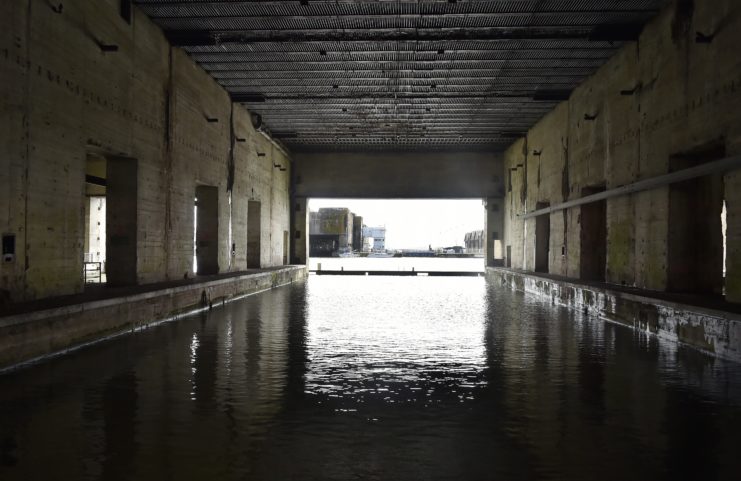
The harbor of Saint-Nazaire was one of the largest along France’s coastline. As such, the German military wanted to take it for themselves. After France fell to Germany in 1940, Saint-Nazaire immediately saw construction, which turned part of the area into a U-boat pen. It was one of five built in the German-occupied coastal settlement.
The structure was 300 meters long, featured 14 submarine pens and took only 16 months to build. It served as an important and strategic base for the U-boats manned by the Kriegsmarine, and was used up until May 1945. Now, it’s a tourist site that not only showcases a historical military base, but also the view of the surrounding city.
Maunsell Forts
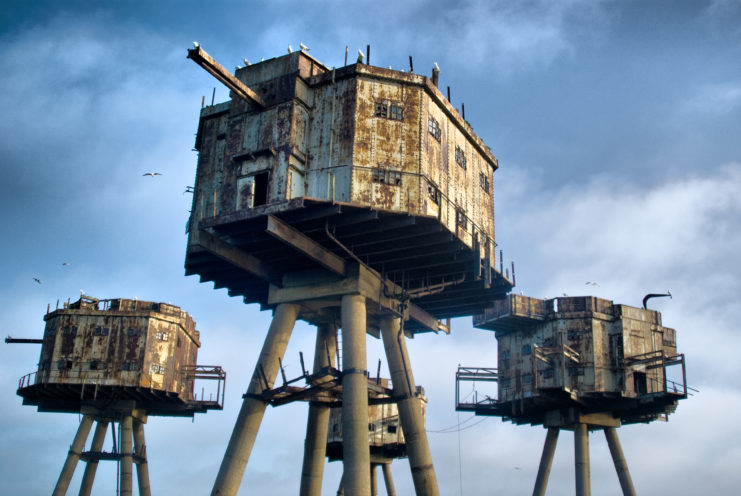
Designed by Guy Maunsell, the Maunsell Forts were a series of structures constructed in the Thames and Mersey estuaries. Resembling offshore oil rigs, their main purpose was to bolster the United Kingdom’s air defense during World War II.
By 1942, four naval forts (Rough Sands, Sunk Head, Knock John, and Tongue Sands) and three army forts (Nore, Shivering Sands, and Red Sands) were under construction.
Decommissioned in 1950, the forts were repurposed in the 1960s and ’70s as platforms for pirate radio stations, thanks to their large size, which was ideal for setting up antennas. However, when Red Sands Radio, a tribute to pirate radio, attempted to broadcast from one in 2007-08, they found the abandoned structures unsafe, forcing them to move their operations.
Duga radar
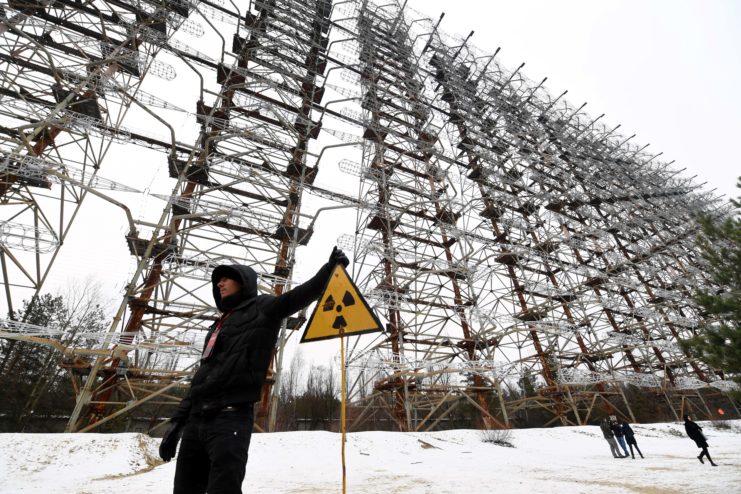
The Soviet Union constructed two Duga radar systems that operated between 1976 and 1989. One was located near Chernobyl and aimed at the United States, while the other was placed in eastern Siberia and directed at China and Japan. These systems were used for over-the-horizon (OTH) radar as part of the USSR’s missile defense early warning network.
The radars were commonly referred to as the “Russian Woodpecker” due to their emission of shortwave radio signals that were random, sharp, repetitive, and similar to a woodpecker’s drumming. The disruptive signals interfered with television broadcasts and civilian communications, leading to numerous global complaints. Consequently, receivers had to be equipped with “Woodpecker Blankers” to block these transmissions.
Wolf’s Lair
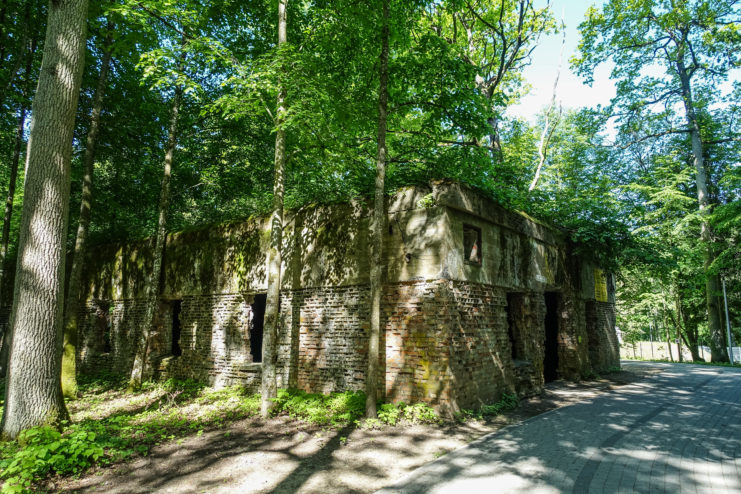
The Wolf’s Lair, located in the Masurian woods in Poland, was the first military headquarters of the Führer on the Eastern Front during the Second World War. Its location was specifically chosen because access to the area was granted only by one railway and a single airstrip. Construction occurred in the lead up to Operation Barbarossa, with locals being told it was a new cement factory.
The now-abandoned military base was surrounded by three security zones, making it one the most heavily guarded locations in the world. At one point, the Führer resided there for over 800 days, and there was even an attempt on his life during his stay. He was forced to leave in November 1944, after the Red Army reached the area and took it over. What remains of the base (following Soviet orders to demolish it) currently operates as a tourist attraction.
Royal Air Force (RAF) Hethel
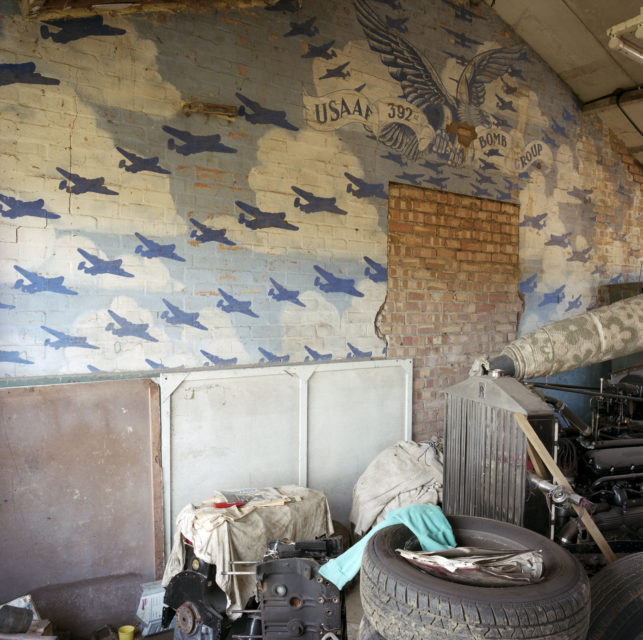
Construction on Royal Air Force (RAF) Hethel began in 1941 and was completed the following year. It was designated Station 114, and used by both the US Army Air Forces and the British Royal Air Force over the course of World War II. Between 1943-45, it served as the headquarters of the 2nd Combat Bombardment Wing, 2nd Bombardment Division. It also housed a number of other military units, such as the 389th Bombardment Group (Heavy) and the 320th Bombardment Group (Medium).
By 1947, RAF Hethel had become a Personnel Transit Center, but was soon converted into an RAF Technical Training Command. Unfortunately, due to the reduction in the size of the RAF, the station closed its doors in 1948. It sat largely abandoned until 1964, when it was sold by the Air Ministry, and now operates as a test track for Lotus Cars Limited.
Ford Ord
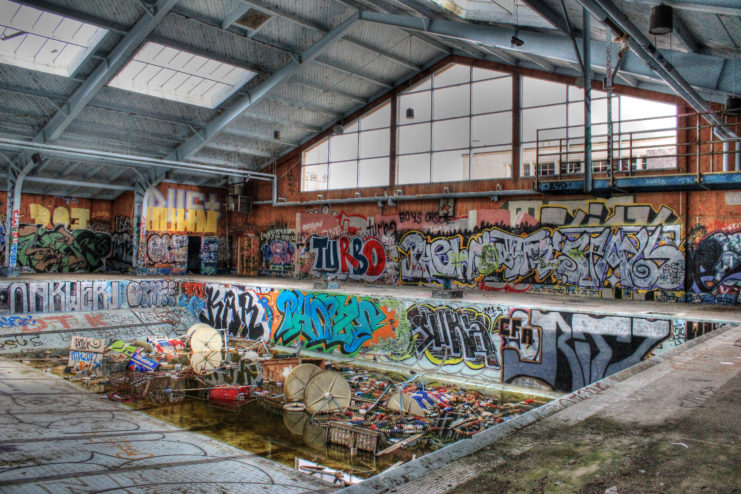
The US purchased land on Monterey Bay, California – where Fort Ord was located – during the First World War. However, it wouldn’t come into full use until the early years of WWII. In 1940, the main garrison was constructed, with the military base being designated Ford Ord. The 7th Infantry Division occupied the post during this time.
Following the conflict, Fort Ord served as a staging area for units heading off to fight in the Korean War, and continued to see use as a center for instruction throughout the 1970s. In 1994, the Base Realignment and Closure (BRAC) Commisison had those units occupying the space relocated to Fort Lewis, Washington.
More from us: Stanley Kubrick’s ‘Paths of Glory’ Was Loosely Based on a Real-Life Tragedy
New! Want to become a trivia master? Sign up for our War History Fact of the Day newsletter!
At present, the military base sits abandoned and operates as the Fort Ord National Monument.
